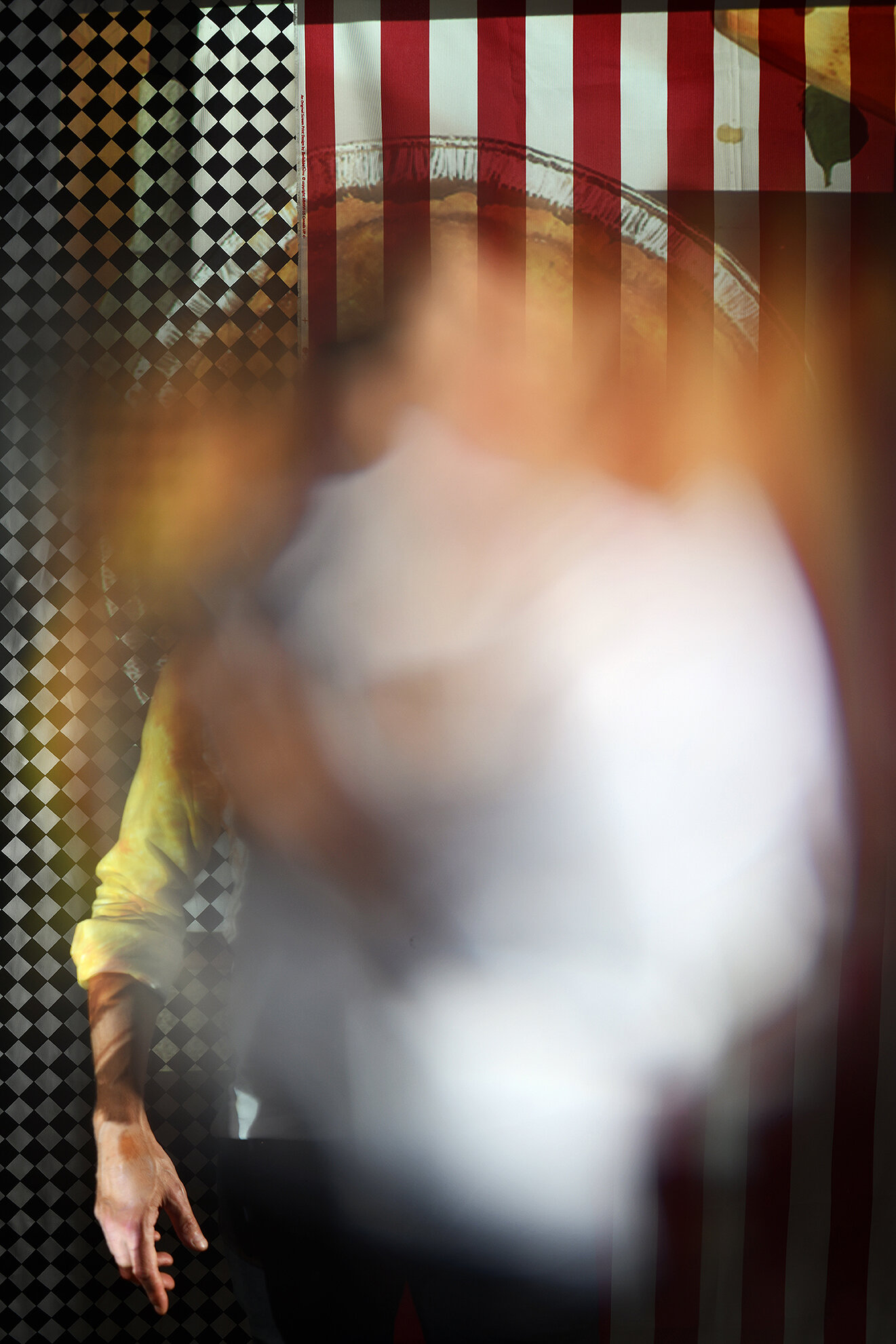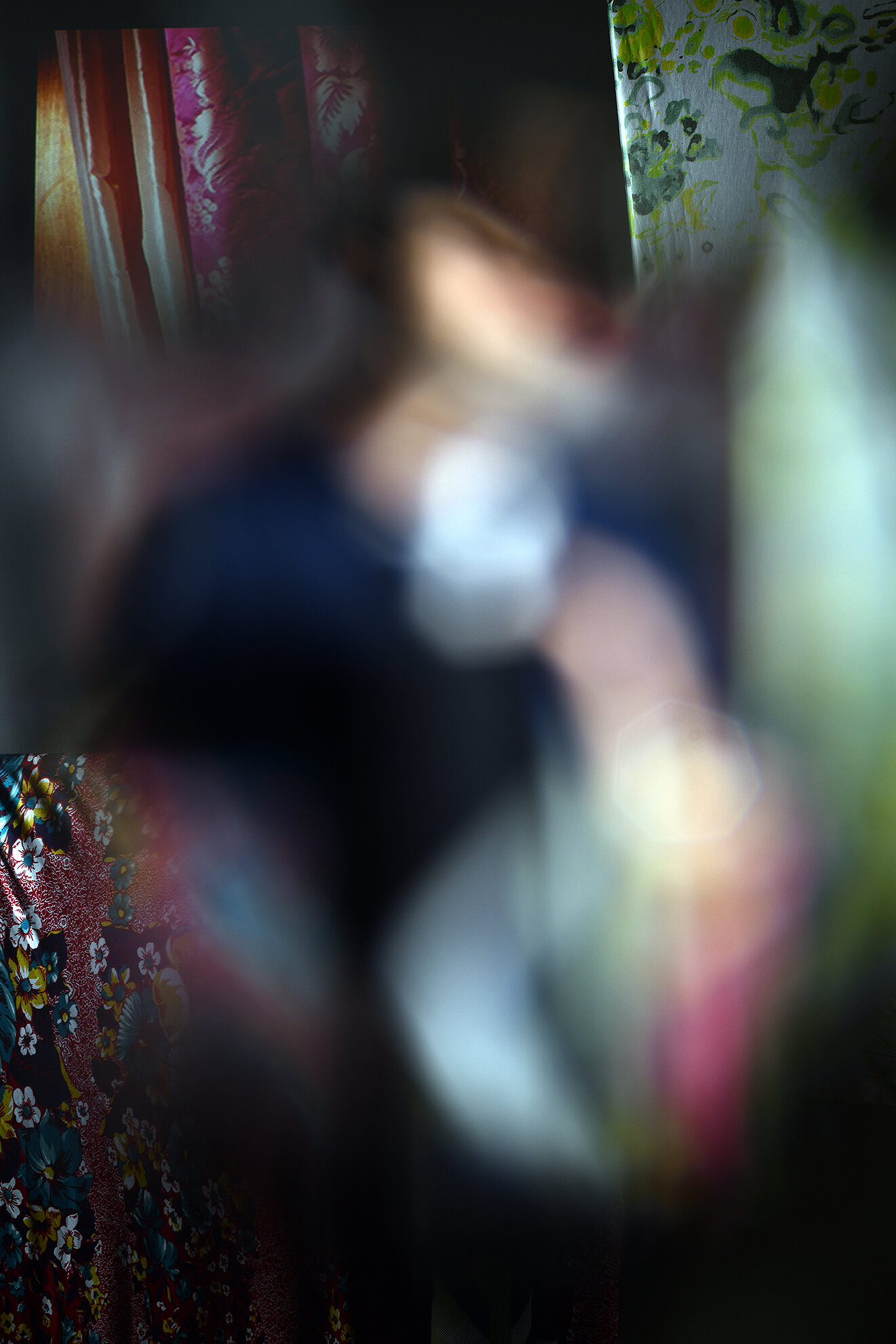In the Studio with Paul Vinet
My work explores our sense of self and how we construct our identity. Who are we really? What defines us? Are we an accumulation of our objects, experiences, ideas and stories we create around ourselves?
In my series “Stories”, I created a portrait of my father through the objects he left behind after he passed, questioning how our objects represent us, or how we form our sense of identity through them. I photographed still life arrangements using decades old objects from my parents’ house in Paris. Many of these objects were broken, but had been stored regardless of their condition. This series is a homage to my father, and it’s also a way to make sense of some of the junk he left behind -- junk that retains a great deal of history, emotion, and meaning. I purposely treated these old objects as sacred relics, by applying gold leaf directly onto the print, making reference to the Pre-Renaissance Italian paintings where gold symbolizes the divine.
More recently, I have been interested in exploring how we build our self-image/identity in the post-truth era. Our sense of self is tied to the stories we believe in. Nowadays we are witnessing the collapse of many of the stories that made our identity: gender roles, western political systems, the decline of religions, to name a few. Who are we in a world that is changing so rapidly? Are we more than ever obsessed with our stories to make sense of it all? Are we building a society that creates and rewards narcissistic tendencies through social media? Can we really be ourselves if we constantly look for validation? How much the eye/lens can see the “real” individual?
In my most recent series, Narcissus, I made selfies using a lens that I intentionally broke. For each photo, I created layered backgrounds by using fabrics and/or projecting images. The broken lens distorts the subject, inviting the viewer to create its own story about who this person is, imagine how he/she looks, judging him/her by the images in the focused surroundings. Having a blurry central figure appeared to me to be a more accurate contemporary representation of a human being: a non-defined figure open to interpretations. In a world of appearance, it is also a way to represent what we cannot see, the inner body, and our true self.
How is self-isolation due to the virus affecting your work?
I haven’t been able to go back to the studio since the beginning of the quarantine in New York. So, I’ve been working from home. It has been an opportunity to take a break from producing which has given me perspectives on what I’ve been doing this past year. I’ve been doing a lot of editing of my photos, which has opened new perspectives, as well as a lot of reading.
www.paulvinet.com
Paul Vinet’s studio
Narcissus, 2019, Pigment print on cotton paper, 40 x 27 inches, Edition of 5
Narcissus, 2019, Pigment print on cotton paper, 40 x 27 inches, Edition of 5
Narcissus, 2019, Pigment print on cotton paper, 40 x 27 inches, Edition of 5
Saigon, 2012, C-print and gold leaf mounted on Dibon, Edition of 5, 37 x 30 inches






